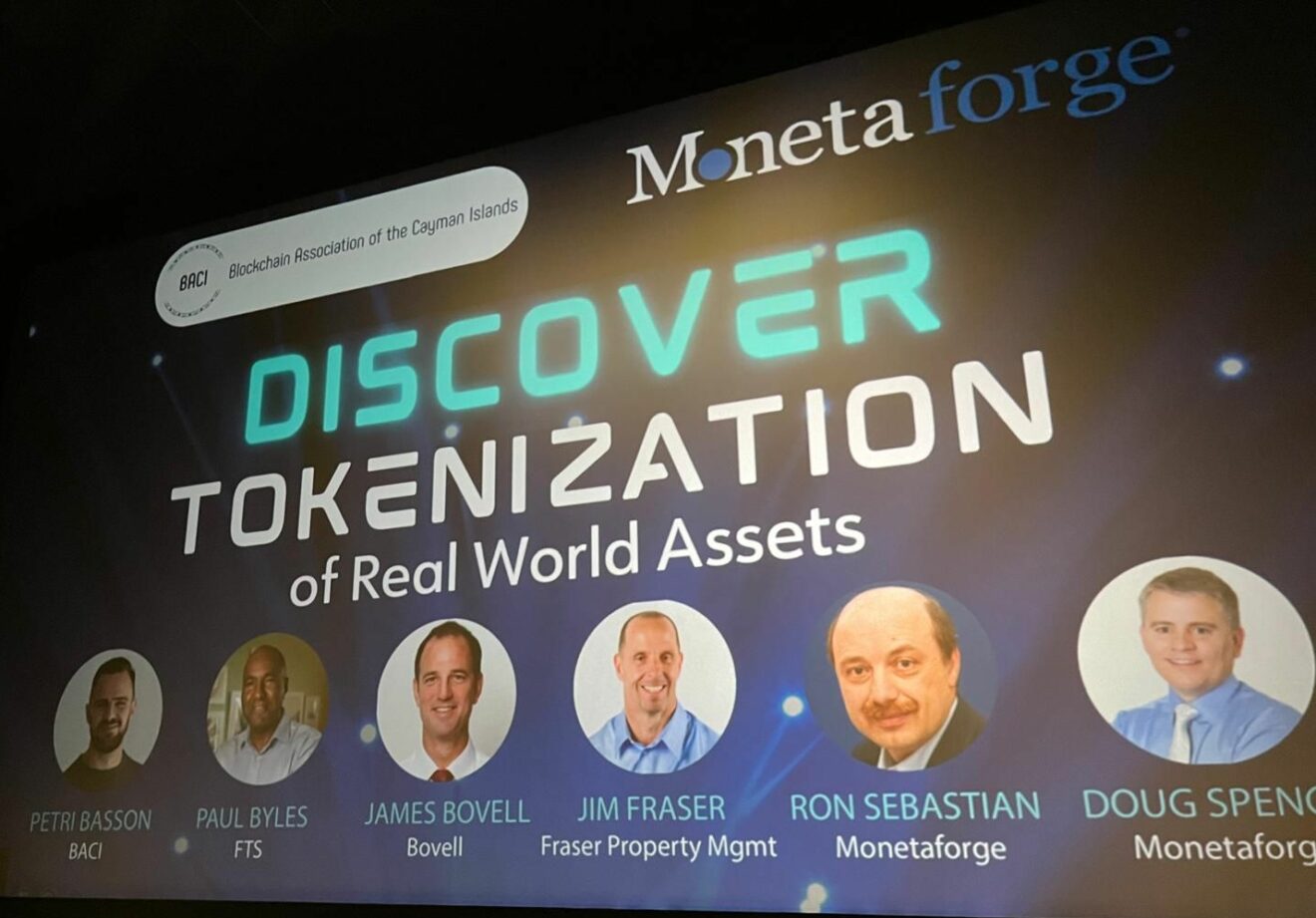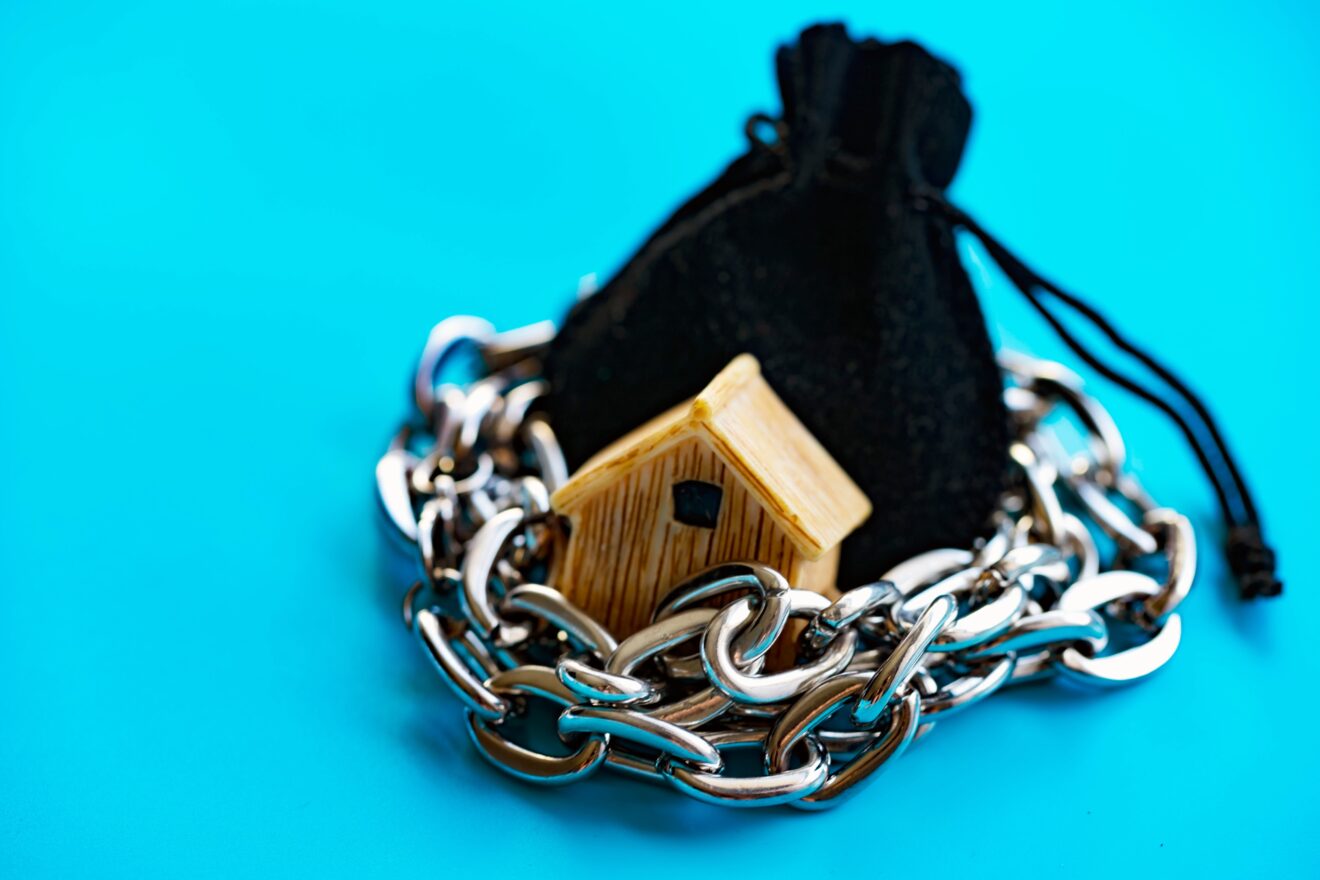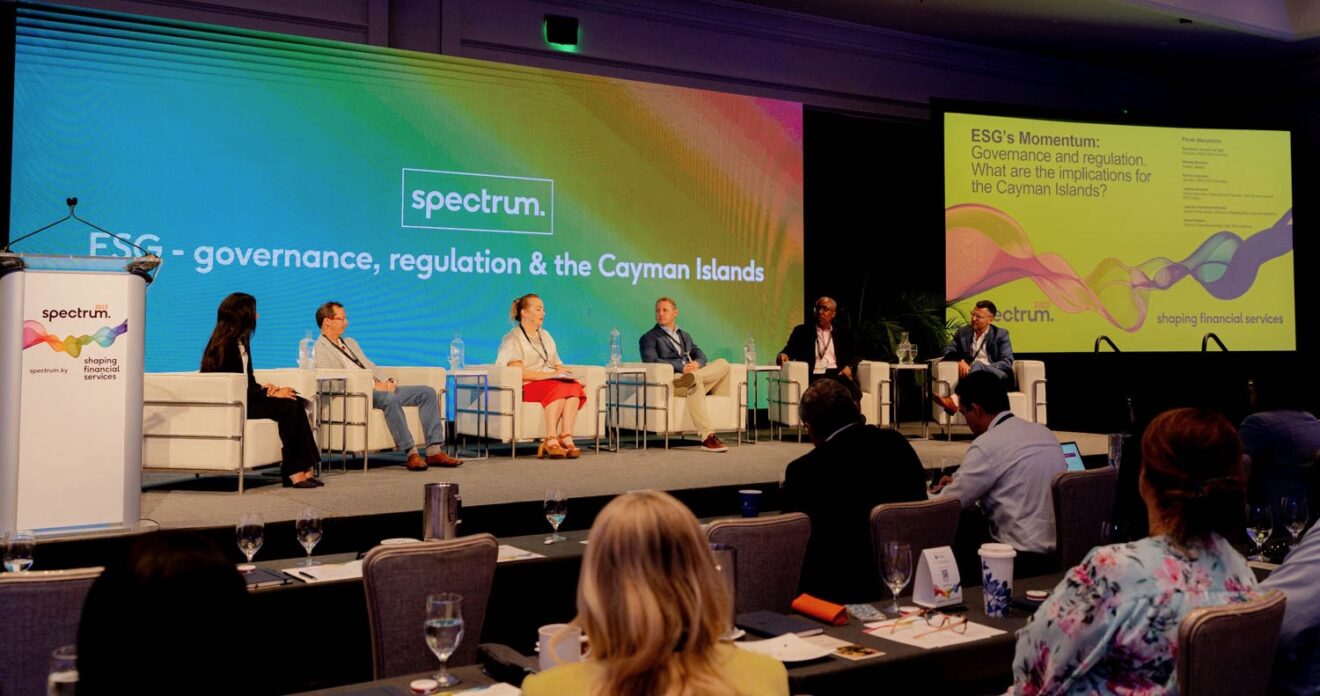
Tokenising real estate is one of the potential use cases.
With the resurgence of Bitcoin and other cryptocurrencies over the past year, different applications of blockchain technology have seen renewed interest.
The tokenisation of real-world assets is one area that is experiencing growth and may soon be more relevant for the Cayman Islands. Major financial institutions are actively pursuing tokenised investment funds, tokenised real estate portfolios and tokenised debt as potential investment products.
Speaking at an education event about the technology in May, Petri Basson, chair of the Blockchain Association of the Cayman Islands, said as a financial centre dealing with investments, “tokenisation will get real for the Cayman Islands very quickly” and “people will see it in their careers very soon”.
Other speakers at the “Discover tokenisation of real world assets” event on 20 May said it may even be applied to Cayman’s property market and potentially become available to ordinary investors and homeowners.
The applications may vary but the common denominator is that tokenisation involves representing both tangible assets, such as real estate or precious metals, and intangible assets, for example shares and other financial instruments, on a blockchain in the form of a digital token.
This token would then give the token holder certain ownership rights or entitlements.
It therefore provides an alternative way to invest in an underlying asset.
Indirect exposure to real world assets is nothing new in the financial markets or the Cayman Islands for that matter. The derivatives market and structured finance products all enable investments into specific assets without the need of buying and selling the asset itself.
Tokenisation could offer additional benefits
The tokenisation of such assets, in contrast, may not only lower the cost of access, it could also offer a range of benefits that existing financial instruments do not have.
For instance, the ability to break down an asset into smaller units allows for fractional ownership. A piece of art or a property could much more easily by owned by multiple parties using digital tokens. This fractionalisation widens the pool of possible investors and makes assets that otherwise may be out of reach accessible to ordinary investors.
The ease of trading digital tokens could increase liquidity, especially for traditionally illiquid assets.
The underlying blockchain technology, meanwhile, records transactions for everyone to see and allows for easy verification of ownership and asset transfers.
Financial institutions hope it will automate settlement processes, facilitate compliance and drive down costs.

Doug Spencer, founder, and Ron Sebastian Chief Technology Architecture Officer, of Cayman-based Monetaforge explained how this can work in practice.
Monetaforge is a virtual asset services provider that offers a tokenisation platform to design, mint, issue and administer tokens in a way that complies with regulations, know-your-customer requirements and anti-money laundering procedures.
The company offers a market place and interchange to trade tokens and a system that allows for the peer-to-peer exchange of tokens without the need for trust between the parties.
Sebastian compared the tokenisation process at a basic consumer level to a credit card that is stored on a smartphone, using Google Pay or Apple Pay. “Just like the credit card is a piece of software running on your iPhone, the token is a piece of software that’s running on the blockchain. And it can represent anything you want, because you can write the code in any way you want,” he said.
This can include rules that govern who can buy and sell the tokens and other restrictions. This is necessary to make tokens compliant with relevant securities regulations that may limit certain investments to accredited or sophisticated investors.
So far Monetaforge has helped issue 14 tokens for companies that raise funds for different projects. Some of the tokens are profit sharing and will make distributions, similar to paying dividends to shareholders.
Investment risks
Like in any other market, some drawbacks exist, and investors need to be aware of the specific risks. The application of existing financial regulations to tokenised assets is not always evolved and clear. This could lead to disputes over ownership and entitlements down the line, especially when parties in several countries are involved.
While blockchain technology in general is relatively secure, this cannot always be guaranteed for individual tokenisation platforms or smart contracts – the software that automatically executes transactions on a blockchain.
Depending on the asset, tokenisation may also not always solve liquidity issues and there is the potential for price volatility, as well as market manipulation.
Paul Byles, director at compliance consulting firm FTS, emphasised when something goes wrong, it has almost nothing to do with the asset, the technology or the systems but the people and how they are governing, what controls they have in place and whether they have good or bad intentions.
Real estate is a potential use case
James Bovell, broker/owner with RE/MAX said because the technology is exceptionally new, the tokenisation of real estate still has a lot of hurdles to overcome, despite the many benefits.
He noted that fractionalisation would give the property market a much wider reach among investors. “A shopping mall or a trophy building in New York, could be tokenised. And ultimately, it means that the average investor could have the opportunity to get a piece of it and be involved in that asset.”
Realtor Jim Fraser said tokenisation would allow everyone in Cayman to own a piece of property.“This certainly opens up the opportunity for everyone in the Cayman Islands to own a piece of real estate, where, right now, with prices soaring, that’s not necessarily the case.”
However, Bovell cautioned that, ultimately, this type of product is not necessarily for everyone. “That’s not the idea.”
The realtors said it would enable property transactions to close and settle more quickly. Leveraging an asset may also be easier when borrowing against digital tokens and using them as security.
The fluidity this gives to the marketplace is one of the biggest changes tokenisation can facilitate, Bovell said.
Cayman’s stamp duty on property transfers still represents a major stumbling block. “There’s just no way of getting around the stamp duty,” Bovell said. “If there’s a beneficial interest change in real estate, the government is entitled to stamp duty on that transaction.”
Currently, government has the ability to reassess the value of an asset and the corresponding stamp duty, if a transaction is suspected to be below market value.
This would not be the case when tokenised real estate is traded digitally in a live market and it could require a different form of levy for digital tokens representing real estate.


